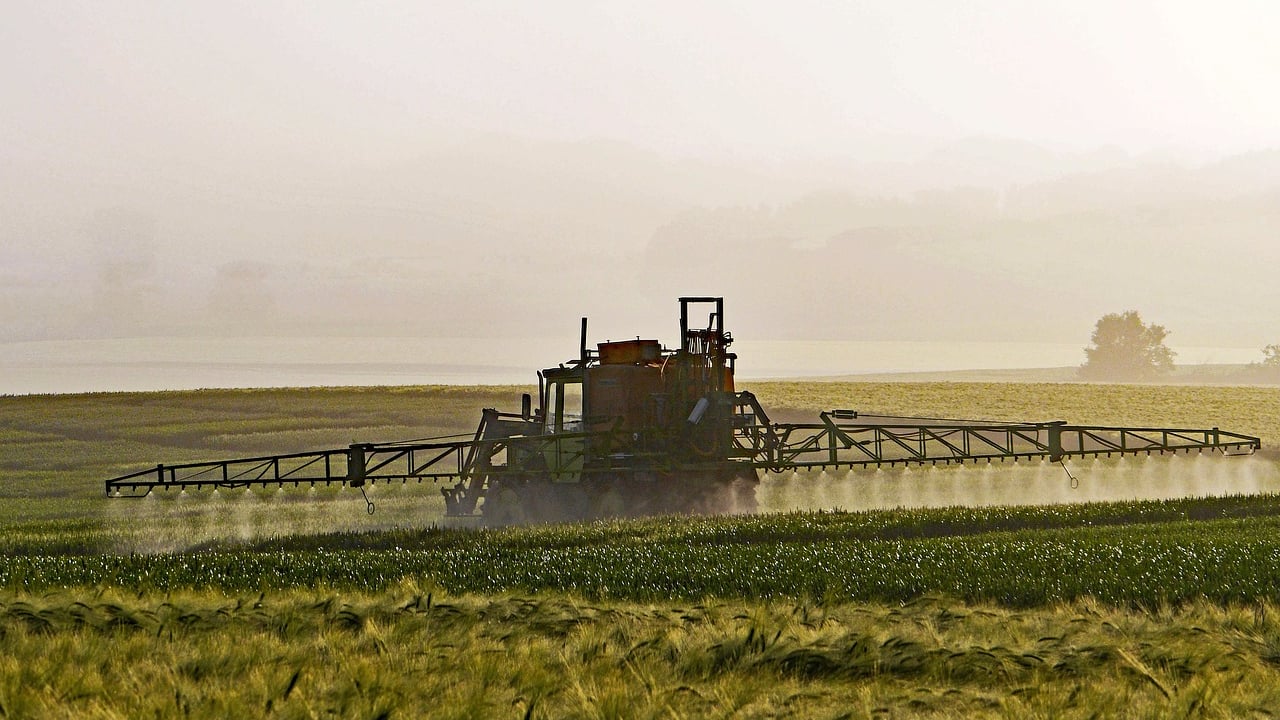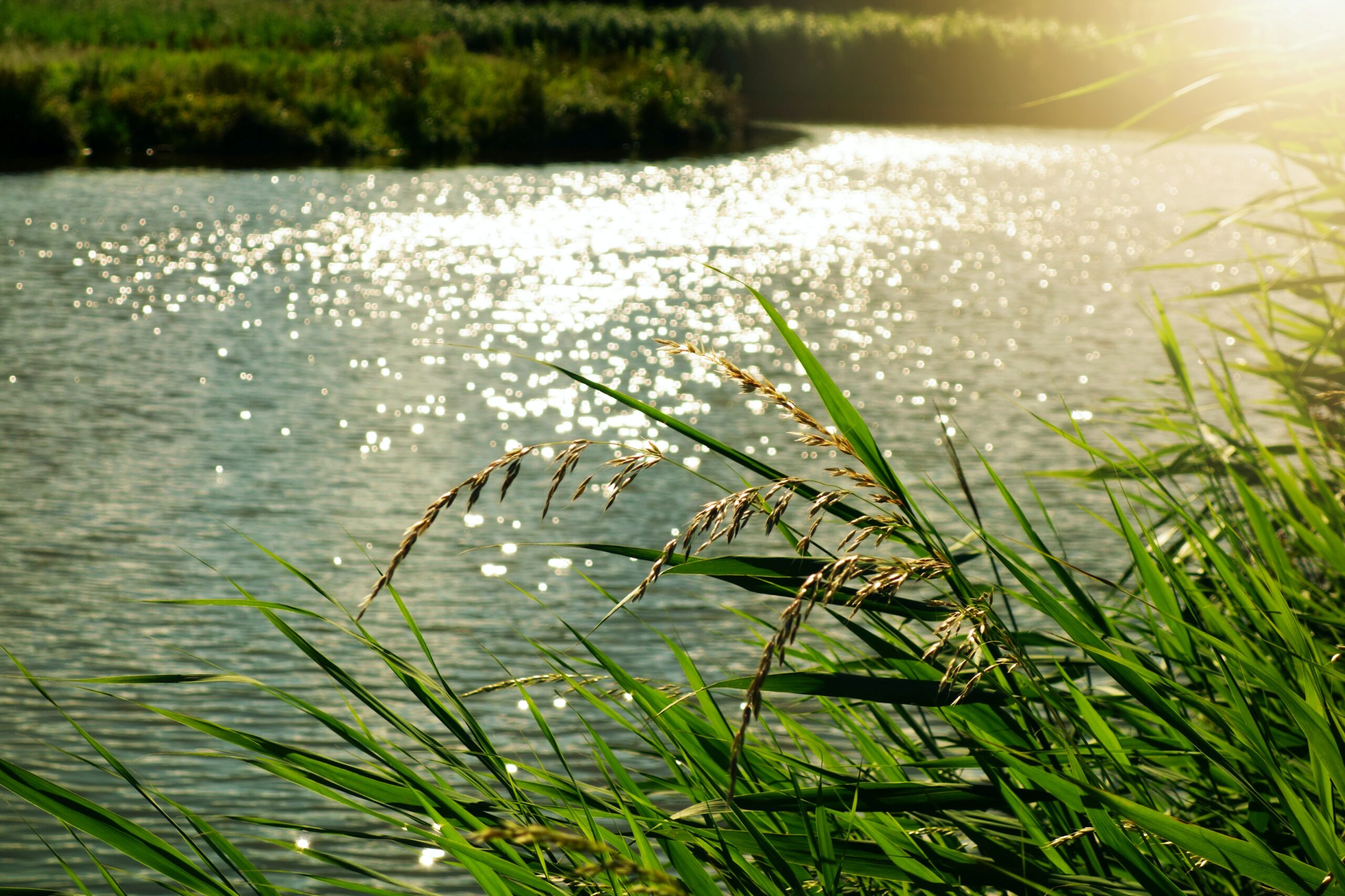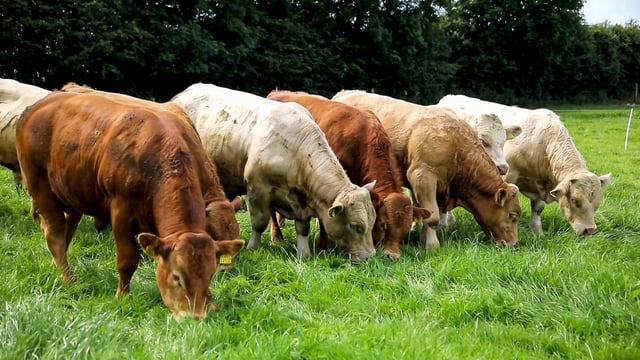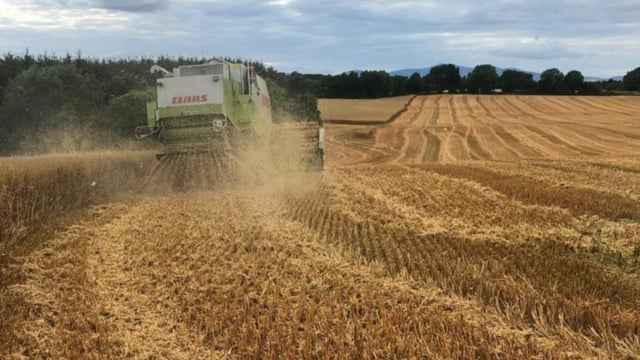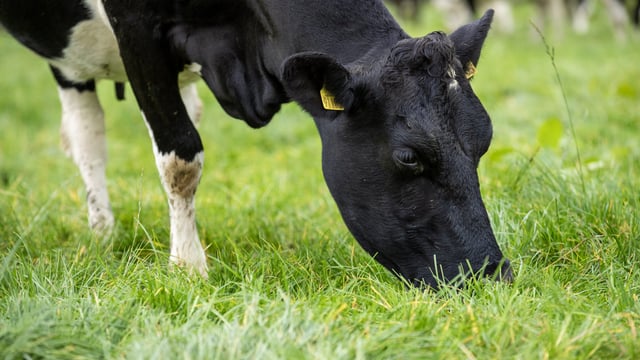Study: Herbicides may not be main source of glyphosate in rivers
Herbicide use in farming and urban areas may not be the dominant source of glyphosate in European rivers, a study from a German university has claimed.
The research team at the University of Tubingen has found that most glyphosate that ends up in European rivers may be the result of additives to detergents.
Until now, the use of glyphosate as a herbicide in agriculture was considered to be the main reason for its presence in bodies of water worldwide.
However, the scientists noted that European reduction measures "have not led to any noticeable reduction in the environment".
For the study, Professor Carolin Huhn and a team of scientists conducted a large meta-analysis on data from European and US water protection authorities.
The research, published in the journal Water Research, analysed long-term data on glyphosate concentrations in rivers in Germany, France, Italy, Sweden, Luxembourg, the UK, the Netherlands and the US. Some of the data sets reached back to 1997.
A survey of literature data shows that glyphosate is found in all the wastewater treatment plants examined in Europe, and its concentration was remarkably constant throughout the year.
"The detailed analysis of the millions of individual values shows us that municipal wastewater plays a role. And some of the findings of the study also show us that we have to locate a source for glyphosate close to households," Huhn said.
The researchers believe there must be a dominant input separate from the use of herbicides as the patterns in concentration could not be explained any other way.
"However, everything we cannot explain about the data disappears if we assume that we are not really looking at glyphosate which was previously used as a herbicide, but instead at glyphosate that has formed from a larger substance," Huhn added.
The researchers compiled a list of criteria from their data, and identified a substance chemically related to glyphosate, which they said would resolve all the questions raised from the analysis.
Their hypothesis is that glyphosate is a transformation product from aminopolyphosphonates (AAPs), which are used extensively in Europe and especially in laundry detergents.
Initial laboratory tests have now been completed and confirm the hypothesis of glyphosate formation in wastewater treatment plants from this laundry additive.
Huhn said that the results may explain why it has not been and will not be possible to reduce glyphosate pollution in rivers in Europe by herbicide reduction strategies.
She noted that the new source must be verified in independent studies.
"We are aware that our findings may have far-reaching implications, including for industry and policymakers but also for how surface water monitoring can be improved," she said.

